Comprehensive Persian Rug Glossary
The below is a collection of the most common and frequently used terms to help you navigate the world of Persian and Oriental rugs.
- Agra Carpets: Originating from Agra, India, these carpets are known for their grandeur and typically feature large, elaborate floral motifs.
- Abrash: Characteristic variations in colour within the same colour field, showcasing the handmade nature of the rug and the variations in dye batches.
- Ardebil Carpet: One of the most famous Persian carpets, housed in the Victoria and Albert Museum, known for its intricate design and historical significance.
- Bakhtiari Rug: A type of Persian rug made by the Bakhtiari tribe, featuring garden motifs divided into squares, each with floral or animal decorations.
- Baluch Rug: Handwoven by the Baluch nomads, known for their dark and rich colour palettes and often geometric patterns.
- Base: The foundation of the rug, made up of warp (vertical) and weft (horizontal) threads, which provides structure and support for the pile.
- Bidjar Rug: Known as the "Iron Rugs of Persia" due to their dense weave, featuring intricate curvilinear patterns.
- Border: The decorative band or series of bands surrounding the main field of the rug, often featuring contrasting designs and colours.
- Boteh: A common motif in Persian rugs, resembling a teardrop or a flame, considered a precursor to the paisley design.
- Caucasian Rugs: Originating from the Caucasus region, these rugs are valued for their bold, geometric patterns and vibrant colours.
- Carpet vs Rug: Traditionally, a carpet refers to a larger floor covering that may span wall-to-wall, while a rug is smaller and used to define spaces within a room.
- Cut Pile: A type of rug surface where the tops of the loops are cut, creating a plush, soft texture. This contrasts with looped pile, where the yarn loops are left uncut.
- Dye: The colouring substances used to colour yarns. Natural dyes are derived from plants, minerals, and insects, offering a rich palette, while synthetic dyes provide colour consistency and brightness.
- Edge/Selvedge: The finished edges of a rug, created by wrapping yarns along the sides to prevent fraying and unravelling.
- Field: The central part of a rug's surface, enclosed by the borders, often containing the main design or motif of the rug.
- Fringe: The decorative edge of a rug, consisting of the warp threads that extend from the rug's end, often braided or left loose.
- Ghiordes Knot: Also known as the Turkish knot, a type of knot used in the construction of hand-knotted rugs, characterized by its symmetry and strength.
- Hand-knot: Refers to rugs made by tying individual knots to the warp threads on a loom, a time-consuming process that results in highly durable and intricate rugs.
- Heriz Rugs: Made in the Heriz region of Iran, known for their sturdy construction and distinct, large medallion patterns.
- Iran: The country recognized as the birthplace of Persian rugs, known for its rich history and tradition of rug making.
- Ikat: A dyeing technique used to pattern textiles that employs resist dyeing on the yarns before dyeing and weaving the fabric, often seen in Oriental rugs.
- Isfahan Rug: Hailing from Isfahan, Iran, these rugs are celebrated for their high-quality craftsmanship and elegant, intricate designs.
- Jaldar: A carpet design featuring geometric patterns and sometimes stylized floral motifs, often seen in rugs from Pakistan.
- Kashan Rug: Renowned for their luxury and elegance, Kashan rugs often feature medallion and corner designs in rich indigos, reds, and ivory.
- Kerman Rug: Prized for their high-quality wool and rich, elaborate designs, often featuring a central medallion surrounded by flowers.
- Kilim: A type of flat-weave rug without a pile, known for its lightweight and versatile use.
- Kilim Motifs: Specific patterns and symbols woven into Kilims, each with its own meaning, such as protection, fertility, or happiness.
- Knot Density: The number of knots per square inch (KPSI) in a rug, indicating the rug's fineness and the level of detail in its design.
- Lavar Kerman: Rugs from the city of Kerman, known for their fine weave and detailed floral and garden designs.
- Loom: The framework used to hold the warp threads taut for the weaving of rugs. Looms can be horizontal or vertical and vary in size.
- Mamluk Rugs: Distinctive for their geometrically complex designs in a brightly coloured, highly stylised form, originating from Egypt.
- Medallion: A large, central motif in a rug's design, often circular or oval, serving as a focal point.
- Nain Rug: Featuring an exceptionally high knot density and intricate designs, Nain rugs often have a light ivory background with blue and navy detailing.
- Nap: The surface layer of a carpet or rug, consisting of the ends of the pile yarns.
- Node: A single knot in a hand-knotted rug, contributing to the overall design and texture.
- Oriental Rug: A broad term that encompasses hand-knotted rugs from the "Orient," including Persian rugs as well as those from other Asian countries.
- Overdyed: A process where rugs are dyed after their initial construction to create vibrant, new colours.
- Patina: The sheen or lustre that develops on wool and silk rugs over time, contributing to their beauty and value.
- Peshawar Rugs: Influenced by Persian designs, these Pakistani rugs are known for their soft colours and antique finish.
- Pile: The raised surface of a rug, formed by the cut ends of knots of yarn. The pile can be of varying thickness and length, affecting the texture of the rug.
- Qashqai: A nomadic tribe in Iran known for their distinctive style of rugs, featuring bold patterns and vibrant colours.
- Quality: A measure of a rug's material, craftsmanship, design, and condition, affecting its value and durability.
- Qum Rug: Hailing from Qum, Iran, these rugs are highly prized for their silk construction and intricate details in floral and medallion designs.
- Runner: A long, narrow rug, often used in hallways or staircases.
- Sarouk Rug: Originating from the Sarouk region, these rugs are known for their durable construction and floral motifs.
- Savonnerie Rugs: A type of French pile carpet, featuring highly stylized floral and geometric motifs, similar in style to those produced in the Middle Eastern regions.
- Selvedge: The edge or border of a fabric, made differently from the main part to prevent unravelling. In rugs, it refers to the tightly woven edges.
- Shah Abbasi: A popular motif in Persian rugs, featuring elegant floral forms; named after Shah Abbas who greatly influenced Persian weaving.
- Shiraz Rug: Made by the Qashqai nomads in and around Shiraz, these rugs are known for their geometric patterns and often feature tribal motifs.
- Soumak: A type of flatweave, similar to Kilim, known for its intricate designs and durability.
- Sultanabad Rugs: Antique Persian rugs from Sultanabad (now Arak), known for their subtle colors, large scale patterns, and innovative designs.
- Tabriz Haji Jalili: Renowned for their fine craftsmanship, these rugs are a specific type of Tabriz rug made by the workshop of Haji Jalili, characterized by their sophisticated designs and color schemes.
- Tabriz: A city in Northwest Iran renowned for producing high-quality Persian rugs with intricate designs and luxurious materials.
- Tree of Life: A symbolic motif representing eternal life, common in Persian and Oriental rugs, depicting a tree with branches and roots intertwined.
- Turkish Knot: See Ghiordes Knot.
- Underlay: A material placed under rugs to prevent slipping, provide cushioning, and protect the floor.
- Ushak Star and Medallion: Classic designs in Turkish Ushak rugs, featuring central medallion patterns surrounded by smaller star-like motifs.
- Ushak: A style of Turkish carpet known for its large scale geometric floral patterns, typically in soft red and blue hues.
- Varamin Rugs: Recognized for their distinctive patterns and quality, often featuring medallions and geometric shapes, woven by the inhabitants of Varamin, Iran.
- Vase Technique: A weaving method where intricate designs, often featuring vases, are created with precision and detail.
- Vegetable Dyes: Natural dyes obtained from plants, used in traditional rug-making for their subtle and complex colours.
- Warp: The set of longitudinal threads attached to a loom, onto which the pile knots are tied in the making of a hand-knotted rug.
- War Rugs: Rugs that incorporate motifs related to the conflicts in the regions they come from, a more modern tradition reflecting historical events.
- Wilton: A type of machine-made rug known for its durability and pattern clarity, named after the Wilton loom.
- Xenophiles: Individuals with an appreciation for cultures and items, such as rugs, from countries other than their own, often with a particular interest in Persian and Oriental rugs.
- Yarn: The threads used to create the pile of the rug. Yarns can be made from various materials, including wool, silk, and cotton.
- Yazd: A city in Iran famous for its high-quality Persian carpets, featuring traditional designs and rich colours.
- Ziegler Mahal: A type of Persian rug that was specially commissioned by the Ziegler Company in the late 19th century, known for their softer palette and larger scale designs tailored to Western tastes.
- Ziegler: A style of Persian carpet designed for the Western market, characterized by softer colour palettes and often larger scale patterns.
Joe Rugs - Carpet Expert
Hello! I'm Joseph Rugs, the founder of CarpetJoe.com and your guide through the intricate world of carpets. Born and raised in London with a deep-rooted passion for art and culture, I've explored the globe to bring the rich tapestry of carpet weaving right to your screen. My academic background in arts and humanities from Oxford has fueled my curiosity, leading me to uncover the stories behind every knot and weave. As a family man, my adventures are shared with my loved ones, enriching our lives with every piece of art we encounter. Join me as we explore the beauty and craftsmanship of carpets together.
Explore Carpet Cleaning Methods
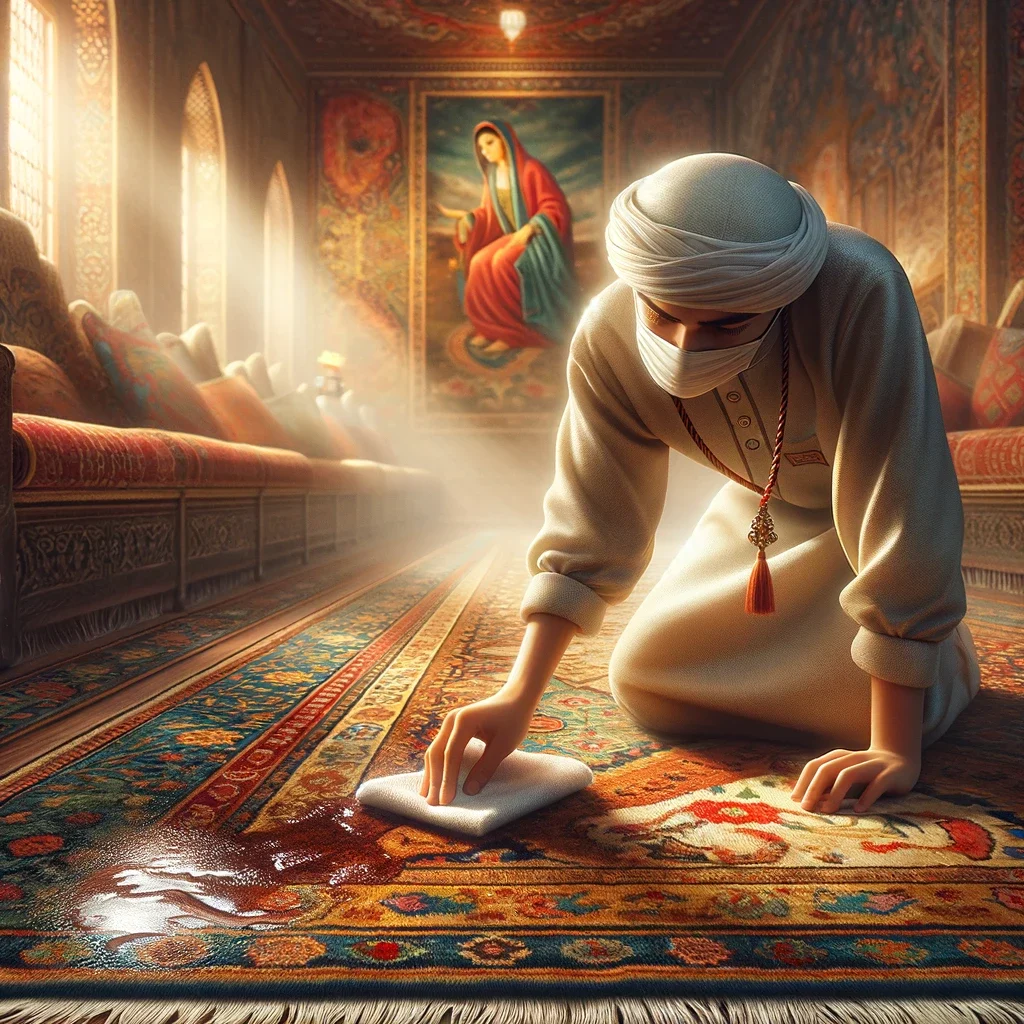
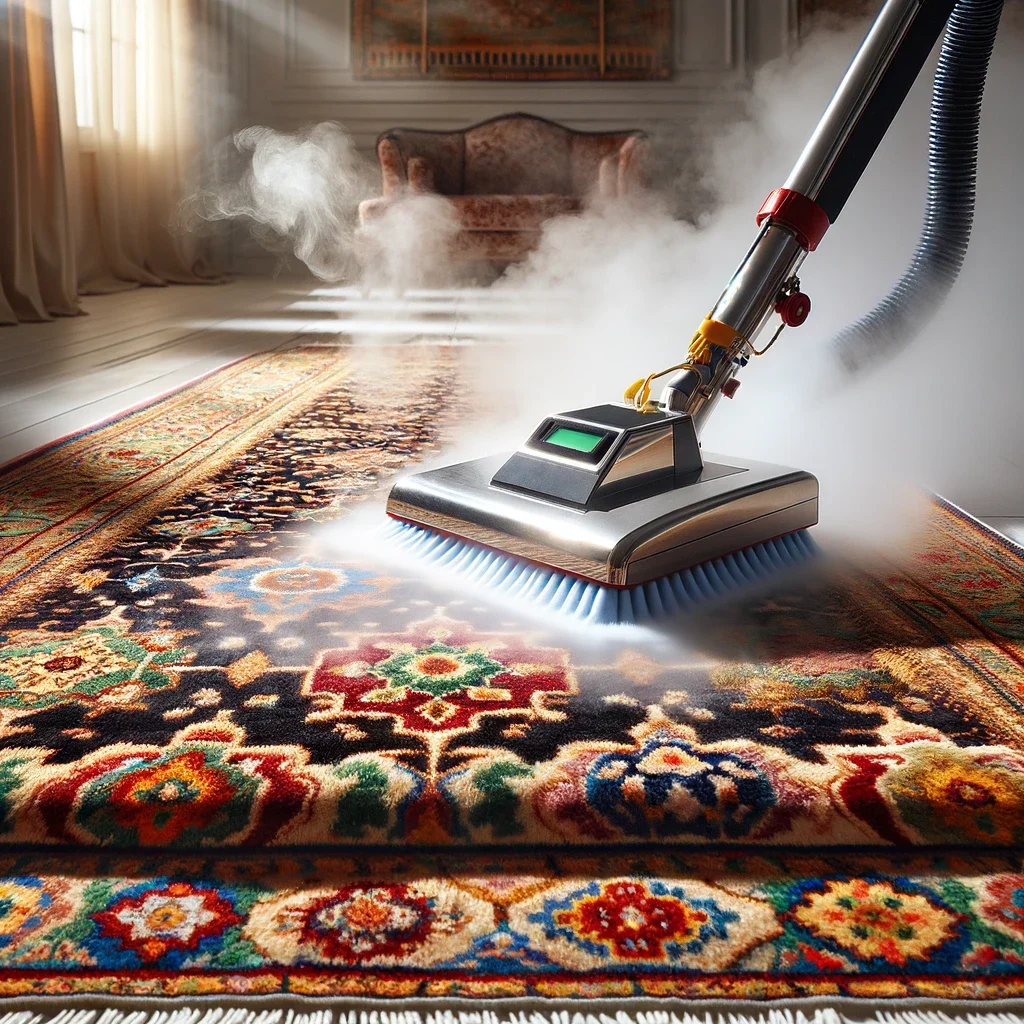
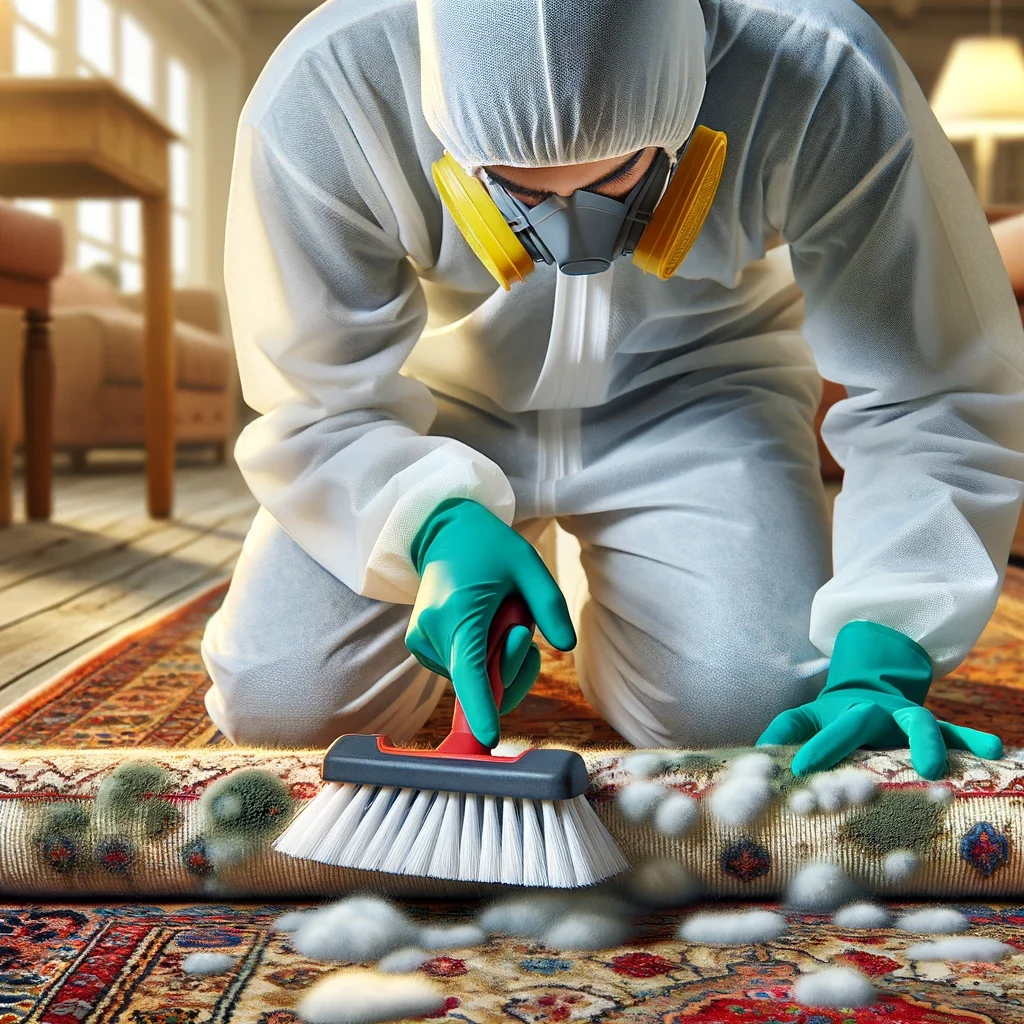
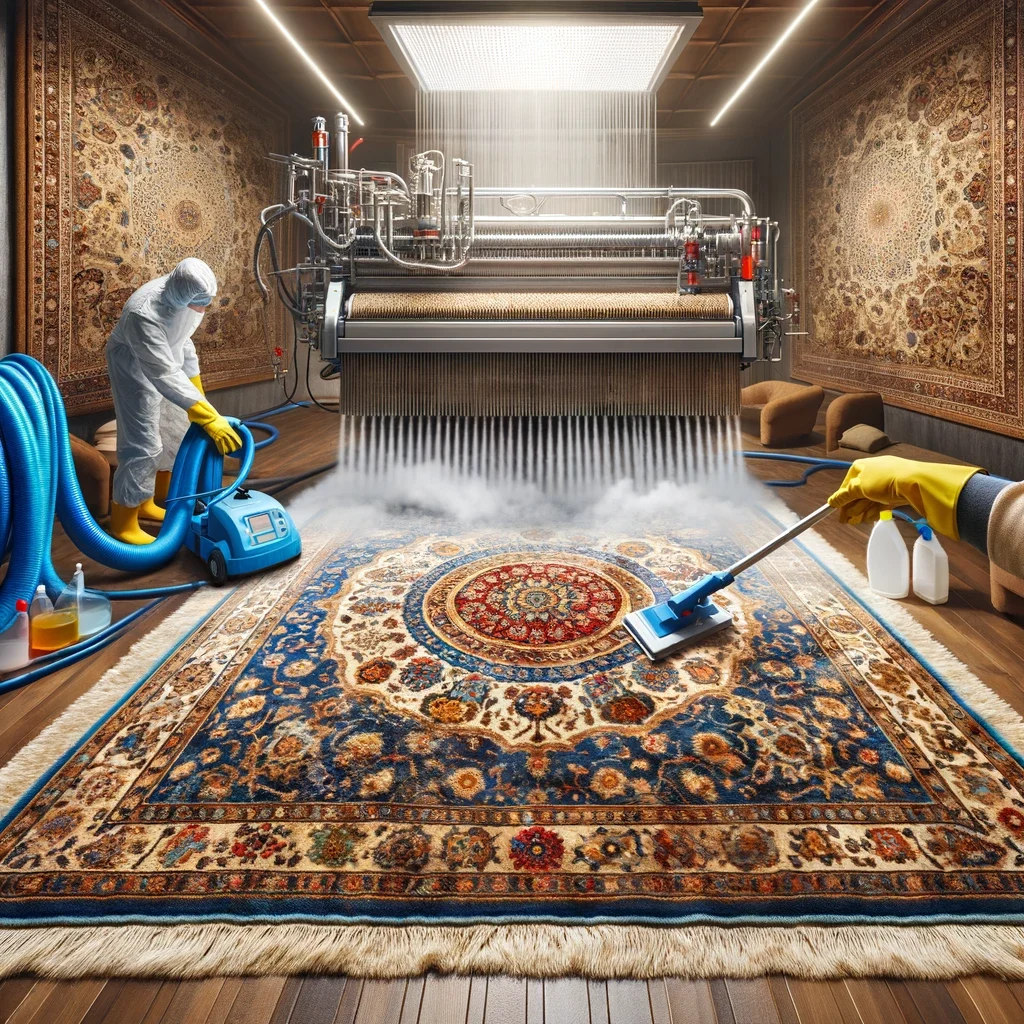
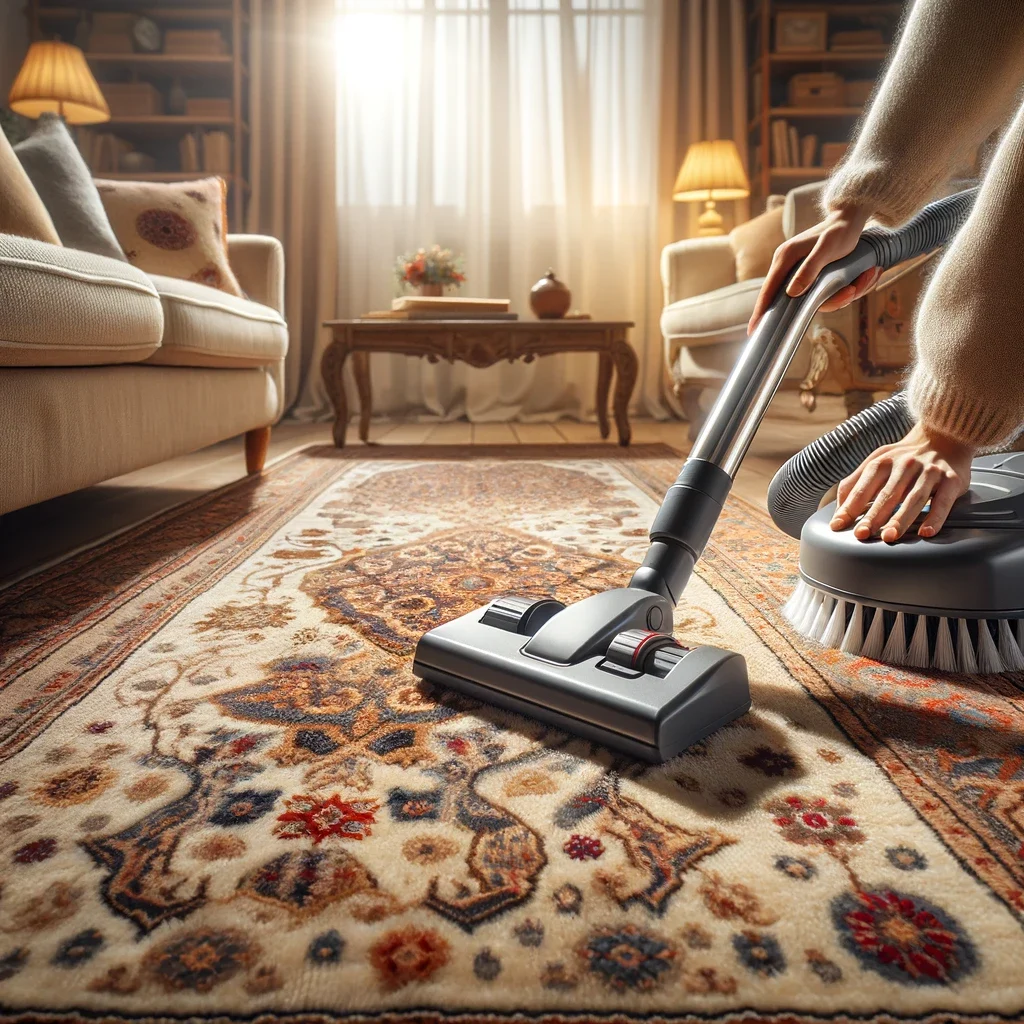
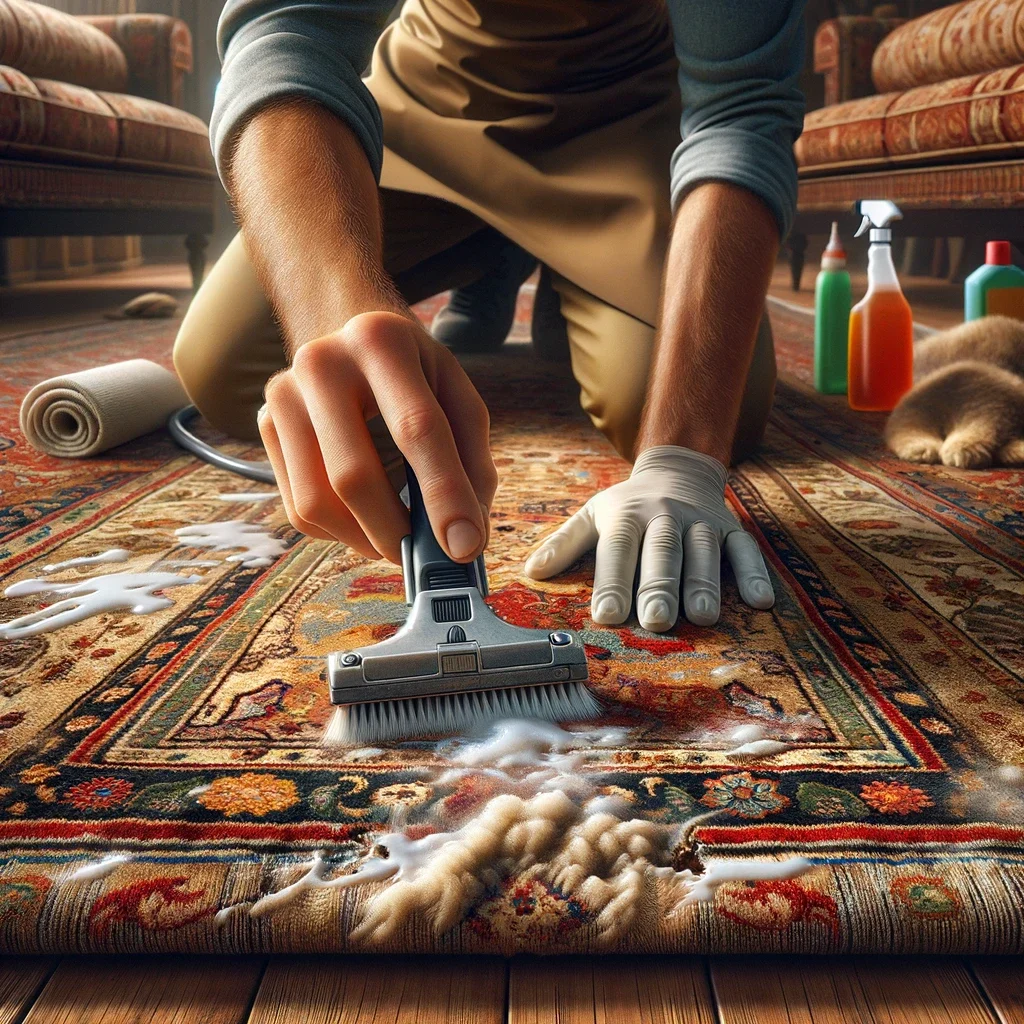
Carpet Repair & Restoration Guides
Carpet damage can range from minor issues like small burns or stains to more significant problems such as large tears or widespread wear.
Identifying the type of damage is the first step in determining the most suitable repair method.
Master carpet repair with our guides. Learn about fixing burns, holes, and wear in carpets and rugs, including DIY patch repairs and professional restoration tips.
Frequently Asked Questions
The best type of carpet for stairs is durable, low pile, and ideally textured or looped to provide extra grip and reduce the risk of slips and falls. Materials like nylon or polypropylene are excellent choices for their durability and ease of maintenance.
The best carpets for stairs are those that combine durability with safety features. Low pile carpets made from resilient materials such as nylon or polypropylene are preferred for their ability to withstand heavy foot traffic and their ease of cleaning.
Carpets that are non-toxic, made from natural fibres like wool, or those with a tight weave and low VOC emissions are best for allergy sufferers.
Carpets with Green Label Plus certification are also recommended for their proven low impact on indoor air quality.
Beyond traditional carpeting, consider stair runners as a stylish and functional option. Runners can add a splash of colour, pattern, or texture to your stairs, creating a focal point in your hallway or entryway.
They provide the benefits of carpeting, such as safety and noise reduction, while also offering an opportunity for personal expression in your home decor.





